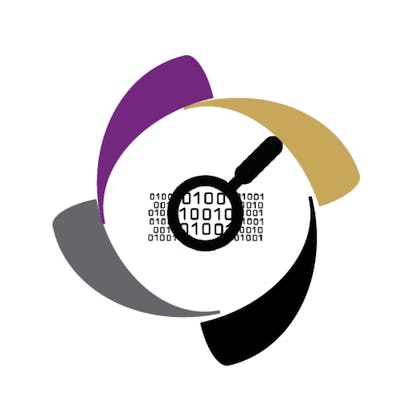- Level Foundation
- Course by University of Colorado System
-
Offered by

About
Cryptography is an essential component of cybersecurity. The need to protect sensitive information and ensure the integrity of industrial control processes has placed a premium on cybersecurity skills in today’s information technology market. Demand for cybersecurity jobs is expected to rise 6 million globally by 2019, with a projected shortfall of 1.5 million, according to Symantec, the world’s largest security software vendor. According to Forbes, the cybersecurity market is expected to grow from $75 billion in 2015 to $170 billion by 2020. In this specialization, students will learn basic security issues in computer communications, classical cryptographic algorithms, symmetric-key cryptography, public-key cryptography, authentication, and digital signatures. These topics should prove useful to those who are new to cybersecurity, and those with some experience.Auto Summary
"Introduction to Applied Cryptography" is a foundational course in the Data Science & AI domain, presented by Coursera. It offers a non-mathematical exploration of cryptography's role in ensuring digital security across various applications like the internet, mobile phones, and cryptocurrency. Learners will understand key cryptographic tools, their purposes, and how to choose appropriate ones for different scenarios. The course also covers the broader infrastructure and vulnerabilities associated with cryptography. Available through Starter and Professional subscriptions, it's ideal for those seeking to grasp digital security fundamentals.
Instructors
William Bahn

Instructors
Richard White

Instructors
Sang-Yoon Chang

